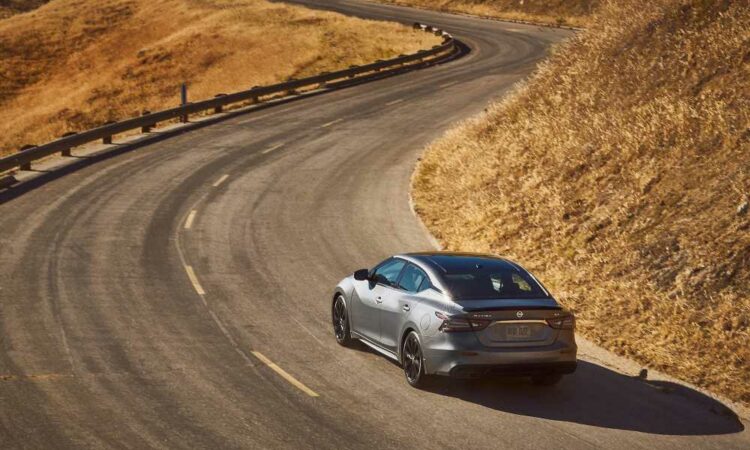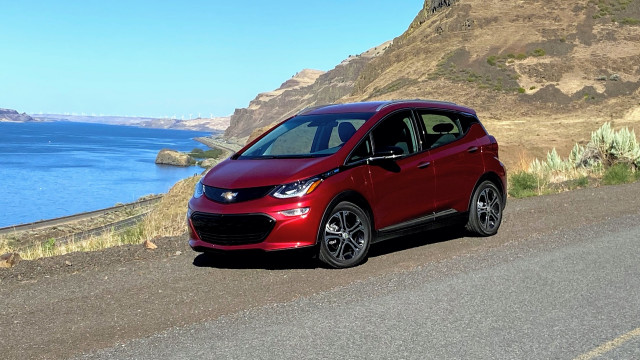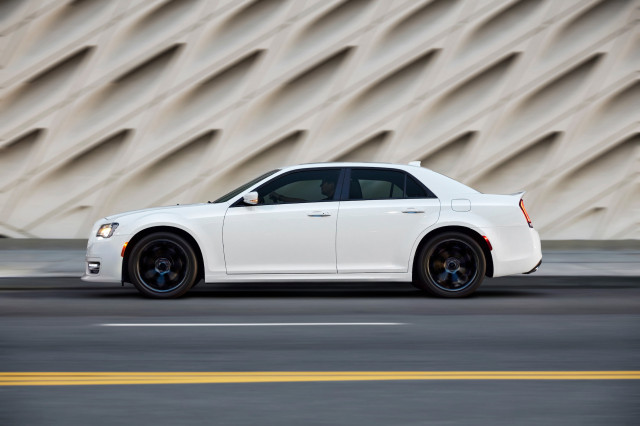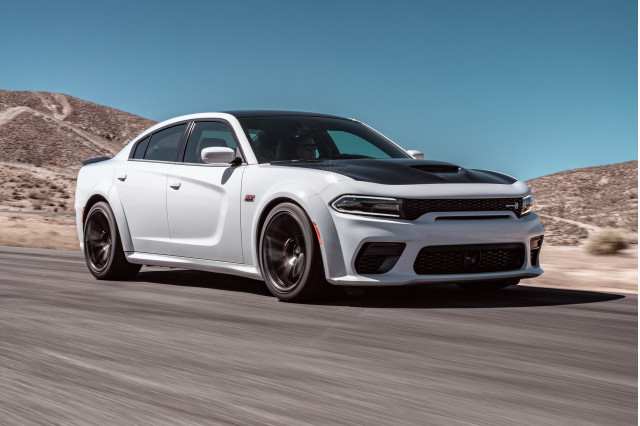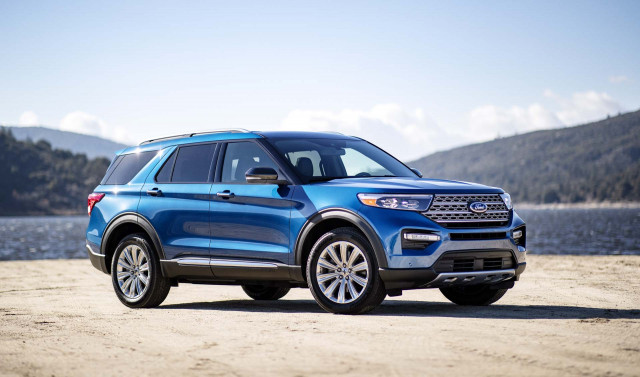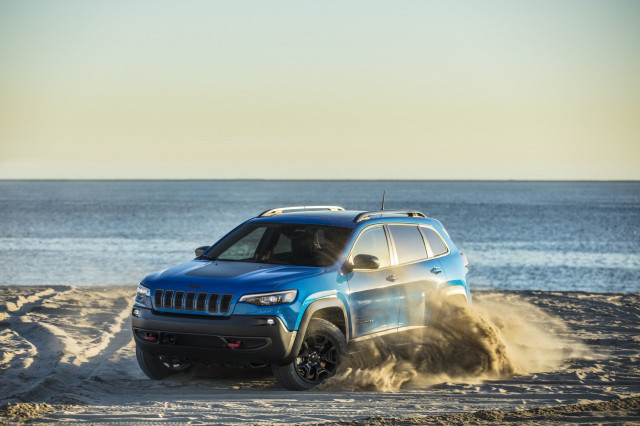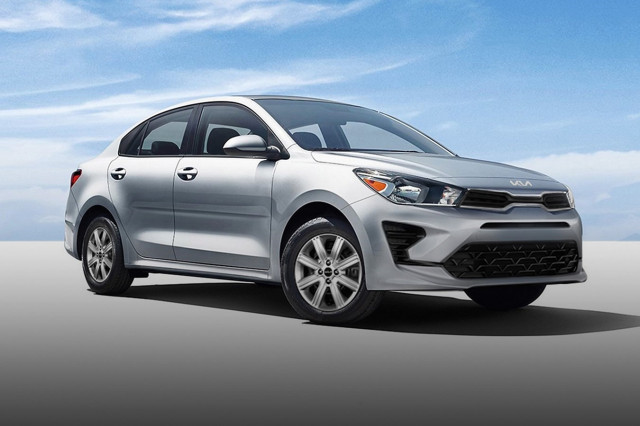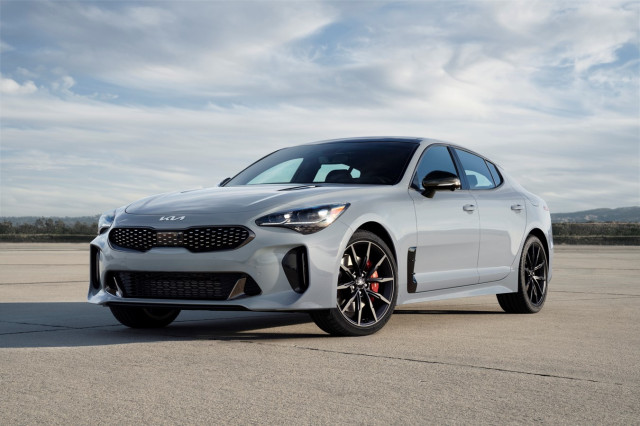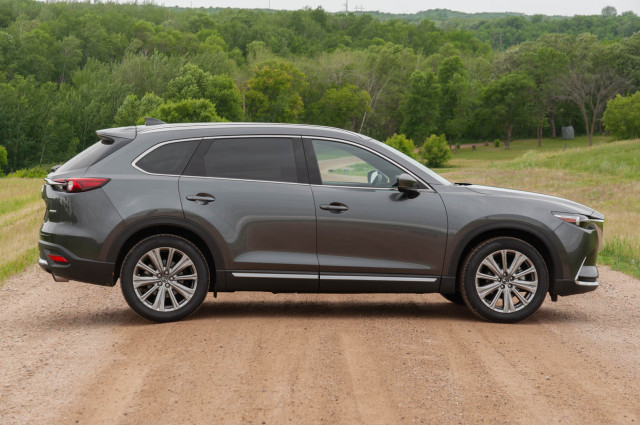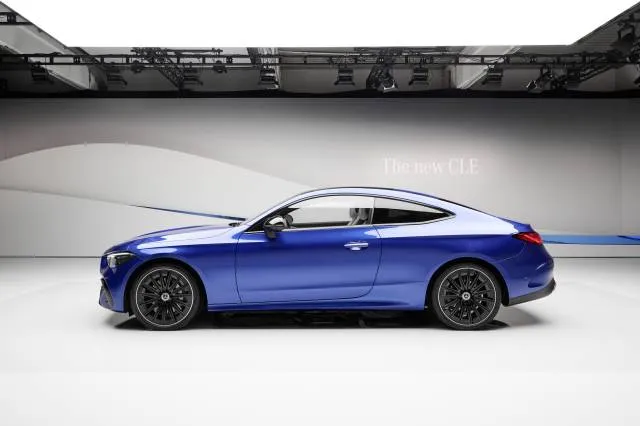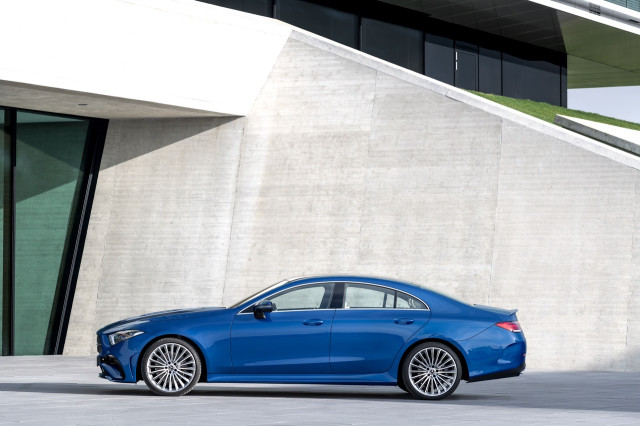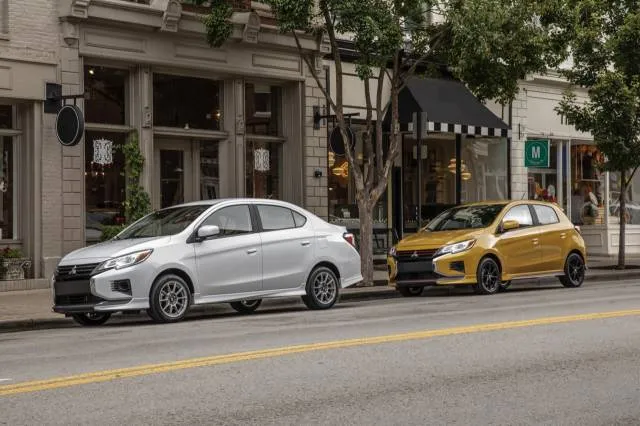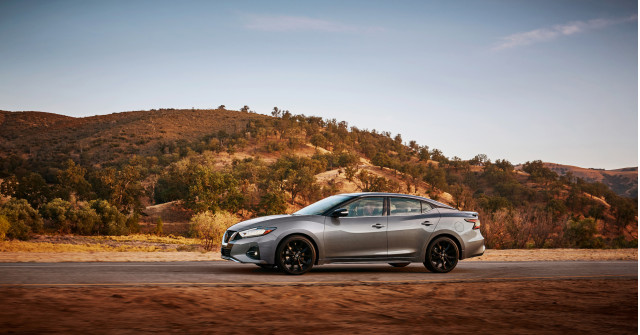Budget cars and V-8-powered cars top this year’s discontinued cars list due to the continued trajectory toward crossovers and electrification, but the reasoning for killing other models in 2024 ranges from the sound to the strange.
The Dodge Challenger and Charger muscle cars won’t be back for 2024, but that doesn’t mean they’ll be dead for long. Dodge will electrify at least one of these zombies for a new dawn. The most affordable electric vehicles in the Chevrolet Bolt EV and Bolt EUV won’t be back, for now. It makes a little more sense for Kia to kill the Rio and Mitsubishi to discontinue the Mirage hatchback in 2025.
We’ll include the Mirage this year for the same reasons we cited the Challenger and Charger on last year’s list of discontinued cars: when we know, we’ll let you know.
Here’s what we know won’t be coming back for a 2024 model year.
Audi TT and TTS coupe and convertible
The loveable and tossable coupe and convertible have been on the chopping block for years, seemingly since it launched in 1999. The small coupe and the all-wheel-drive TTS and TT RS performance variants got better and safer with age, but it won’t be back for 2024.
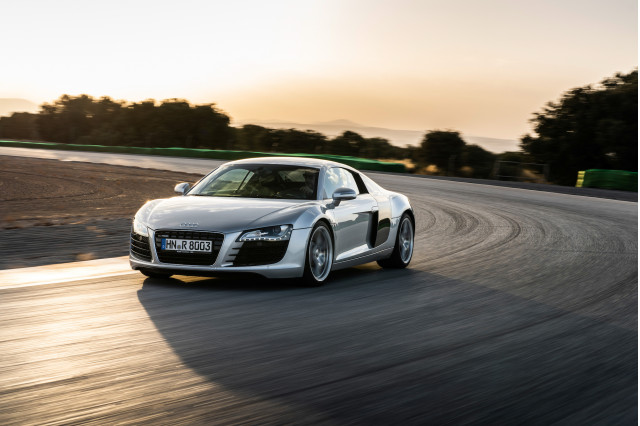
Audi R8 coupe and convertible
Audi’s supercar follows the burnt rubber of the Acura NSX and McLaren 720 as accessible supercars no longer made. The head-turning R8 ran from 2008 to 2023 on a 5.2-liter V-8 that made 602 hp and 413 lb-ft of torque, and could reach 199 mph and do a 0-60 mph sprint in 3.3 seconds. It could cost between $160,000 and $253,000, as well. Like the discontinued Lamborghini Huracán, it may return in plug-in hybrid form.
Chevy Bolt EV and Bolt EUV
The most affordable electric vehicle and its larger EUV variant won’t be back for 2024, but it’s likely the Bolt returns in some form. It was beset by a battery fire recall issue, compounded by missteps from GM in addressing the problem that likely led to costing the brand. The Orion Assembly Plant that had been producing the Bolts was planned to make the Silverado EV, but that may be in question now. GM plans on building another Bolt EV, but when, where, how, and other questions persist.
Chrysler 300
Pour one out for the poor man’s Bentley. Introduced way back in 1955, the Chrysler 300 rumbles off into the great beyond of auction blocks and classic car shows. For its last year of production, the full-size sedan welcomed back the 300C limited edition model powered by a 6.4-liter V-8 engine rated at 485 hp and 475 lb-ft of torque. Production of the 2023 Chrysler 300C was limited to 2,200 units and sold at $55,000.
2023 Dodge Challenger SRT Demon 170
Dodge Challenger
It was bound to happen sooner or later, and Dodge’s SRT performance brand should be lauded for the magic wrung out of the retro muscle car reintroduced in 2008. Hellcat, Redeye, Jailbreak, Wide Body—the number of iterations and newsmakers made the Challenger a perennial modern classic without really changing the basic body and structure of the car. As production runs through the end of 2023, enthusiasts have one last shot to latch onto Dodge’s limited-run “Last Call” models, as well as the usual V-6 and V-8 suspects in the lineup.
Dodge Charger
See above. The same situation goes for the Charger except it will be applied to the only four-door muscle car. The 2023 Charger King Daytona Last Call model goes out with an 807-hp bang, and only in Go Mango exterior paint. Dodge knows how to keep it interesting.
Ford Explorer Hybrid
The popular three-row SUV with the rear-wheel-drive platform carries on, but not with its underachieving hybrid variant. With its 3.3-liter V-6 and an electric motor combining for 318 hp and 322 lb-ft of torque, it had plenty of power, but it lagged where it mattered most. The Limited Hybrid with RWD had an EPA rating of 27/28/27 mpg, and an estimated cost savings of $1,500 over five years compared to the 23-mpg combined turbo-4, according to the EPA. That’s not worth the near $6,000 upcharge, even with the extra goodies on the top Limited and Platinum trims. The dollars don’t add up to sense. By comparison, a Toyota Highlander Hybrid with AWD gets 35 mpg combined.
Ford Transit Connect
The small cargo van follows the Nissan NV200 off the grid likely in favor of the Ford E-Transit electric commercial van.
Jeep Cherokee
The long-running crossover and erstwhile SUV won’t celebrate its 50th anniversary. Launched in 1974 as a two-door variant to the Wagoneer, the Cherokee in the 1980s shifted to a car-based platform but upheld its off-road vibe. In 2002, Jeep renamed the compact crossover the Liberty to distinguish it from the larger Grand Cherokee, and was later discontinued due to the smaller Compass and Patriot crossovers. Jeep resurrected it in 2014 as a larger compact, but the larger Grand Cherokee and larger still Grand Cherokee L overshadowed it, as Jeep built its SUV line around it on both sides, from the smaller Renegade to the massive Wagoneer. The culprit might have been quality control problems, as well as a tribal naming issue, as well.
Kia Rio
The Rio subcompact sedan and hatch putter out of production just like the Hyundai Accent and Chevy Spark before them. The base Rio LX sedan costs just $17,875, including a $1,125 destination fee, and the hatchback is $940 more. It comes relatively well-equipped with power features, air conditioning, an 8.0-inch touchscreen with Apple CarPlay and Android Auto, and 15-inch steel wheels. For its segment, the Rio was popular, selling nearly 15,000 units in the first half of this year. Hard to get those big margins on bigger cars, and the Rio could be replaced by the K3 or an electric car from Kia’s factory in Monterrey, Mexico.
Kia Stinger
The Stinger joins the Chrysler 300 and Dodge Charger as another sedan axed at the altar of crossover utility. The Stinger’s last hurrah ended with a 2023 Kia Stinger Tribute Edition, limited to only 400 units in the U.S. The Tribute Edition builds off the Stinger GT2 with a 368-hp 3.3-liter twin-turbocharged V-6, 19-inch wheels, and Brembo brake calipers. Launched in 2018, the Stinger’s performance replacement is the 576-hp Kia EV6 GT.
Mazda CX-9
Replaced by the larger, roomier, more luxurious 2024 CX-90, the CX-9 served Mazda well in the U.S. since its 2008 launch. Its largest vehicle at the time, the three-row SUV gave Mazda a full suite of crossover SUVs that fans could grow into. Though the third row might have been tight for occupants, few vehicles of this size at this price handled with such verve. The new CX-90 replaces it, following the CX-30 replacing the CX-3 small crossover, and eventually, the CX-50 replacing the bestselling CX-5.
2024 Mercedes-Benz CLE-Class Coupe
Mercedes C-Class and E-Class Coupe and Convertible
The coupes have been replaced by the new 2024 Mercedes-Benz CLE-Class as Mercedes streamlines its vast product lineup. The new CLE combines the sportiness of the C-Class Coupe with slightly more size than the E-Class Coupe. A CLE convertible is expected next year.
2023 Mercedes-Benz CLS-Class
Mercedes CLS-Class
The coupe-like sedan, perhaps the first coupe-like sedan, ended production at the end of August. Between the redesigned E-Class, the growing EQ electric sedan and crossover family, as well as more popular crossover variants such as the GLC and GLE, the CLS-Class lost its way.
Mitsubishi Mirage
Reports suggest the Mitsubishi MIrage ES hatchback and G4 sedan will be discontinued for the 2025 model year. LIke the Chevy Spark the year before it, and the Kia Rio this year, the end of the Mirage marks the end of the sub-$20,000 car. Now that Mitsubishi dropped the lower-cost manual transmission option, the base 2023 Mitsubishi Mirage ES hatchback costs $17,340, including a $1,095 destination fee. The Mirage G4 sedan in base ES trim costs $1,000 more. The only other new cars that cost less than $20,000 are were the 2023 Kia Rio ($17,505) and the 2023 Nissan Versa ($17,075). But the only car selling with an average transaction price of less than $20,000 in the first half of 2023 was the Mitsubishi Mirage.
Nissan Maxima
Production of the full-size sedan ends midway through 2023 as Nissan refocuses on electric vehicles. A flagship sedan embraced for its style and performance since it first launched in the 1980s, the Maxima weathered eight generations, the last starting in 2016, before fading from view in the eyes of shoppers.
Source: Read Full Article
